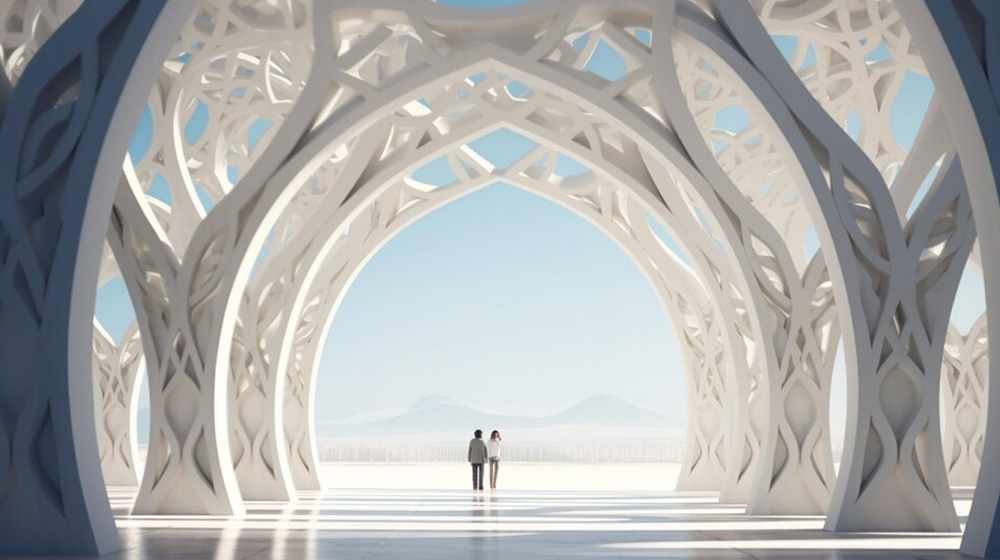Parametric Design
Quantum Lead Architects
Quantum Lead Architects

In a world where architecture, product design, and digital art are constantly evolving, parametric design stands out as a revolutionary force. It’s more than a trend — it’s a shift in how we think, create, and bring visions to life.
At its core, parametric design is a process based on algorithmic thinking. Designers use parameters and rules to define a range of outcomes, allowing the design to adapt and evolve based on these inputs. Unlike traditional methods, where form follows a fixed plan, parametric design allows form to respond — to data, to context, to creativity.
This method is most commonly seen in:
What makes parametric design so exciting is its limitless potential. Designers are no longer confined to static sketches or rigid blueprints. Instead, they engage in a kind of digital dialogue — where design is an evolving response to external factors like:
This has opened up a world of creative freedom, while still allowing for practical, data-driven decisions.
The rise of software like Grasshopper for Rhino, Dynamo for Revit, and Houdini has democratized parametric thinking. Even non-coders can explore generative workflows and create complex geometries that would be impossible by hand.
As AI and machine learning begin to intersect with parametric tools, we’ll see even more responsive and intelligent design systems. Imagine buildings that grow based on user data, or public spaces that adapt to foot traffic in real time.